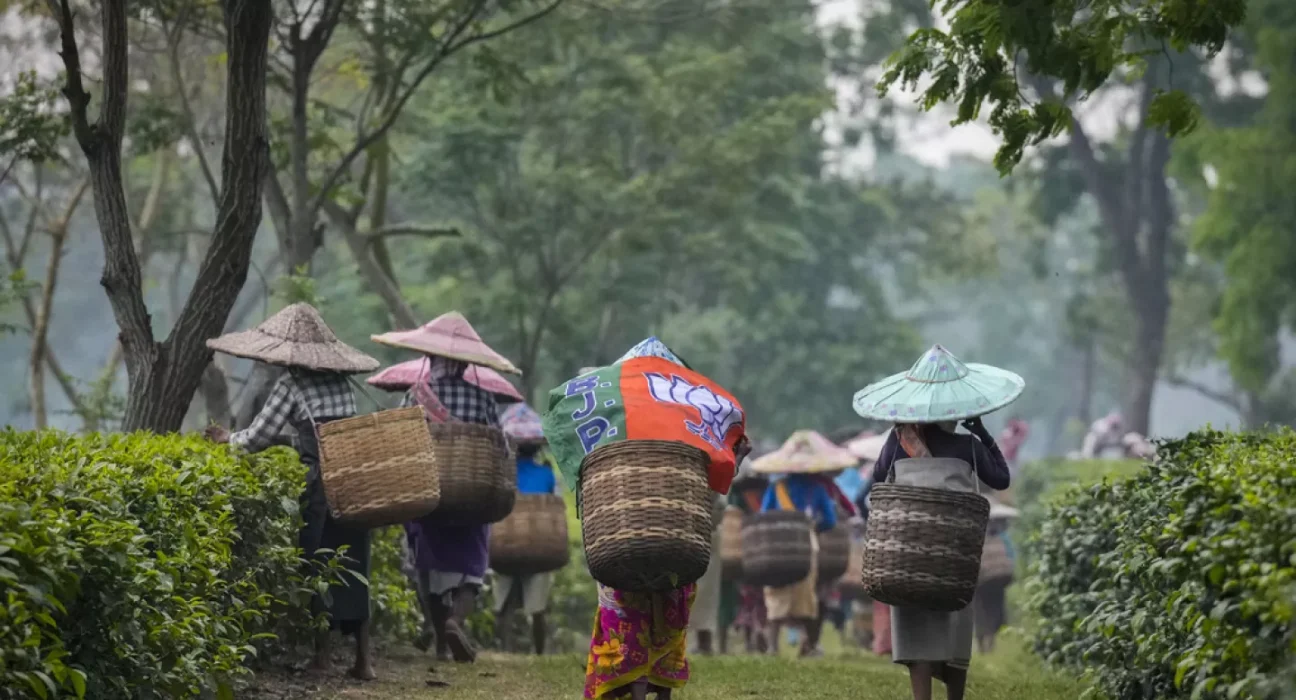Sri Lanka’s tea industry witnessed a remarkable surge in September 2024, with tea production reaching a seven-year high of 24.13 million kilos, according to provisional data released by the Sri Lanka Tea Board. This marks a 27.7% increase compared to September 2023’s unusually low production of 18.9 million kilos.
Despite ongoing challenges such as adverse weather and rising production costs, Sri Lanka’s tea crop for the first nine months of 2024 has seen a marginal increase of 1.79% compared to the same period in 2023. This slight growth reflects the sector’s slow recovery from earlier detrimental policy decisions, including the controversial chemical fertilizer ban in 2022.
Key Elevation Growths:
- High-grown elevation: 4.59 million kilos, up 10.57% YoY
- Medium-grown elevation: 4.10 million kilos, up 38.04% YoY
- Low-grown elevation: 15.29 million kilos, up 31.75% YoY
However, green tea production saw a slight dip of 6.82% YoY, totaling 189,695 kilos for September 2024.
According to Forbes and Walkers Research, cumulative tea production for January to September 2024 reached 196.22 million kilos, reflecting a modest increase of 2.73 million kilos YoY. This increase, while slight, is a positive indicator given the difficulties faced by the industry in recent years.
In contrast, total tea production for 2023 was recorded at 256.04 million kilos, which was a slight recovery from the 251.84 million kilos produced in 2022—one of the lowest figures in 26 years.
Tea growers have expressed concern over rising production costs, with inputs like fertilizer, electricity, labor, and packaging prices increasing significantly. Despite these challenges, the industry remains focused on reaching a national production target above 250 million kilos for 2024.
Sri Lanka’s tea industry continues to be a vital part of the country’s economy, contributing to both domestic growth and export revenues. The gradual recovery of tea production is a promising sign for the industry’s future as it works to regain pre-2021 levels of output.

